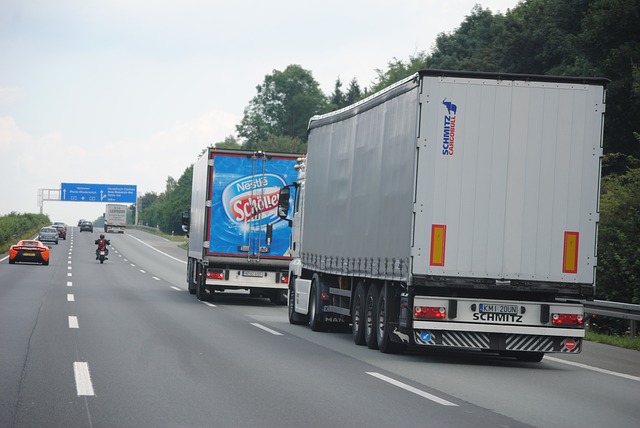The products we consume daily go through a long journey before they are sold. Whether local or imported products, they need to be preserved to maintain their freshness. To deliver certain products, it is essential to opt for temperature-controlled transport. This article will tell you everything you need to know about this type of transport.
The Principle of Temperature-Controlled Transport
Temperature-controlled transport consists of transporting products that cannot adapt to the ambient temperature to maintain a temperature adjusted to their nature. This system allows it to preserve products that deteriorate quickly in the best conditions. In addition, it avoids contamination and the proliferation of microbes on the goods when they land in the hands of consumers.
Types of Goods Concerned
Four categories of products benefit from temperature-controlled transport.
fresh food products such as fruits and vegetables, meats, seafood, and frozen products;
industrial food products such as pastries, cakes, and chocolate
pharmaceutical and cosmetic products;
non-food products such as flowers and plants.
Product packaging
Before being transported, the goods are deposited in a warehouse to be pre-cooled. Each product must be wrapped in a suitable package to ensure it is transported under controlled temperatures. There are several ways to do this, but a refrigerated truck is ideal for taking advantage of the large space available. Indeed, it has insulating walls to keep the foodstuffs cool without being subjected to external temperature variations. Contact a company that specializes in transportation to find out more.
In addition, a last-mile delivery with a non-refrigerated vehicle can be justified by using an insulated package. To maintain the set temperature, the latter must be equipped with several cold accumulators such as eutectics.
Regulations
The ATP governs the regulations for temperature-controlled transport. This concerns vehicle, hygiene, safety standards, and recommended temperatures for different types of products. Among other things, the choice of the categories and classes of vehicles is under the transporter’s responsibility, referring to the technical control procedures for vehicles transporting perishable goods. For example, raw milk intended for consumption as is must be kept at a temperature of +4° C in equipment with categories F (N) (A, D) / F (R) (A, B, C, D) and R (N or R) (A, D). To guarantee optimal safety, entrust the delivery of your goods to JPL & Associés if you are based in Normandy.
Moreover, these machines require respectively certificates:
-a certificate of technical compliance ATP if it is an international transport between signatory states of the ATP agreement;
-a certificate of limited technical compliance for equipment used for national transport.
To waive these requirements, it is necessary that:
-the distance does not exceed 80 km without a break in the load;
-the distance for the transport of milk and cream does not exceed 200 km without a break in the -load;
-the distance for the transport of frozen seafood to an approved establishment to be thawed upon arrival is less than 80 km, with a travel time of less than 1 hour.
The cost of a temperature-controlled transport
There is no precise price list. Some parameters are to be taken into account to define the price of the transport
the distance covered ;
the type of goods ;
the volume of the goods;
the regularity and the delivery time.

